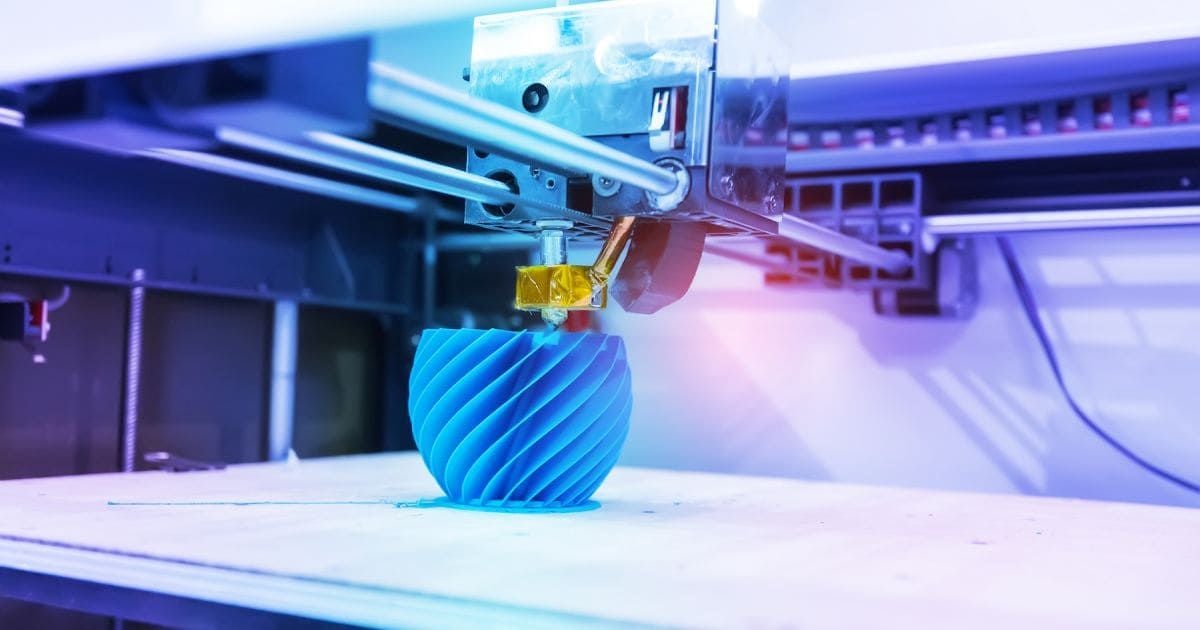The Pillars of Health: Nurturing Well-Being Through Optimal Sleep Patterns

Understanding Sleep Patterns
Sleep patterns encompass the duration, quality, and regularity of our sleep cycles. The human body operates on a circadian rhythm, a natural internal process that regulates the sleep-wake cycle over approximately 24 hours. This rhythm is influenced by environmental cues, primarily light and darkness, which synchronize our internal clock with the external world. Disruptions to this rhythm, such as irregular sleep schedules or exposure to artificial light at night, can lead to sleep disorders and adverse health effects.
The Importance of Sleep for Long-Term Health
Adequate and consistent sleep is vital for overall health and well-being. Physiologically, sleep plays a crucial role in cellular repair, immune function, and hormone regulation. Chronic sleep deprivation has been linked to an array of health problems, including obesity, diabetes, cardiovascular disease, and compromised cognitive function. Moreover, inadequate sleep is associated with heightened stress levels, mood disturbances, and increased susceptibility to mental health disorders.
Optimizing Sleep Patterns
Achieving the right sleep patterns requires a multifaceted approach encompassing lifestyle modifications, environmental adjustments, and behavioral changes. Firstly, establishing a regular sleep schedule is paramount, aiming for consistent bedtime and waking times even on weekends. This consistency reinforces the body’s internal clock, promoting better sleep quality and duration. Additionally, creating a conducive sleep environment involves minimizing noise, controlling room temperature, and eliminating sources of light pollution.
Furthermore, practicing good sleep hygiene involves adopting habits that promote relaxation and prepare the body for sleep. This may include engaging in calming activities before bedtime, such as reading or meditation, and avoiding stimulating substances like caffeine and electronics close to bedtime. Cultivating a bedtime routine signals to the body that it’s time to wind down, facilitating a smoother transition into sleep.
For individuals struggling with persistent sleep difficulties, cognitive-behavioral therapy for insomnia (CBT-I) offers a highly effective, non-pharmacological intervention. CBT-I targets maladaptive thoughts and behaviors related to sleep, utilizing techniques such as stimulus control, sleep restriction, and relaxation training to promote healthier sleep patterns.
The Role of Technology in Sleep Management
In the digital age, technology has become both a boon and a bane to sleep health. While smartphones, tablets, and computers provide endless sources of entertainment and information, their pervasive use, particularly before bedtime, can disrupt sleep patterns. The blue light emitted by screens inhibits the production of melatonin, the hormone responsible for regulating sleep-wake cycles, thereby delaying the onset of sleep and reducing its quality.
However, technological advancements also offer innovative solutions for monitoring and improving sleep. Wearable devices and smartphone apps equipped with sleep tracking functionalities allow individuals to monitor their sleep patterns and identify areas for improvement. Moreover, smart home devices can automate environmental adjustments, such as controlling lighting and regulating room temperature, to create an optimal sleep environment.
Cultivating Mindfulness in Sleep Practices
In the pursuit of optimal sleep patterns, cultivating mindfulness can be a transformative tool. Mindfulness involves paying deliberate attention to the present moment without judgment, fostering greater awareness of internal experiences and external stimuli. Integrating mindfulness practices, such as mindful breathing or body scan meditation, into bedtime routines can promote relaxation, reduce pre-sleep anxiety, and enhance overall sleep quality.
Moreover, mindfulness extends beyond the sleep environment to encompass daily habits and lifestyle choices. By cultivating mindful eating, exercise, and stress management practices, individuals can address underlying factors that may contribute to sleep disturbances. Adopting a holistic approach to well-being acknowledges the interconnectedness of mind, body, and environment in shaping sleep patterns and overall health.
Conclusion
In conclusion, having the right sleep patterns is indispensable for long-term health and well-being. By understanding the significance of sleep and implementing strategies to optimize sleep patterns, individuals can cultivate a foundation of vitality and resilience. From establishing consistent sleep schedules and creating conducive sleep environments to leveraging technology and mindfulness practices, there exists a myriad of approaches to support healthy sleep habits. As we prioritize sleep as a pillar of well-being, we pave the way for a brighter, healthier future.










